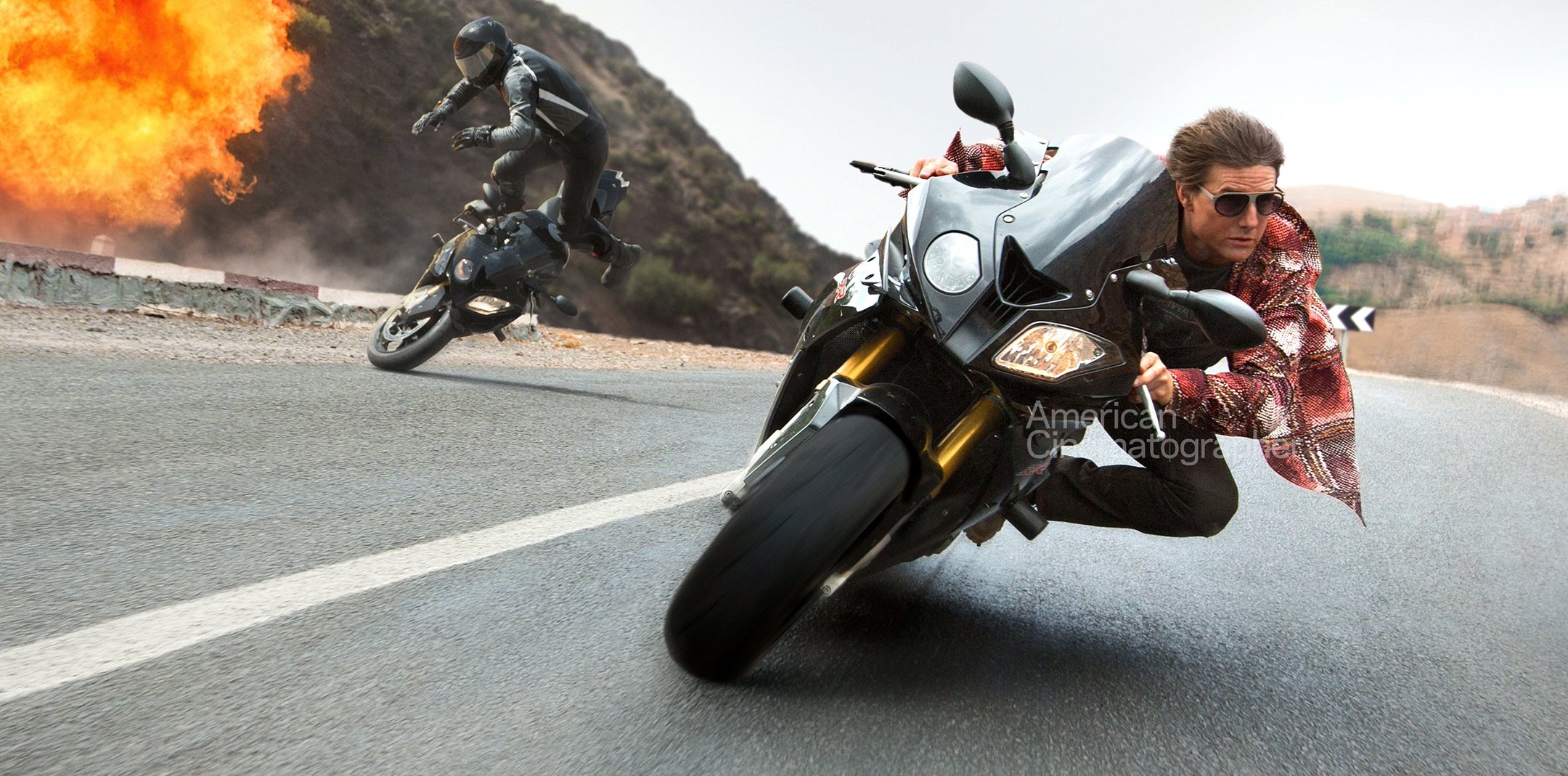
Going Rogue: Mission Impossible: Rogue Nation
Robert Elswit, ASC details the production of his second foray with the action franchise.
This article was originally published in AC, August 2015
Unit photography by David James, SMPSP; courtesy of Paramount Pictures
Ethan Hunt (Tom Cruise) and his handpicked team of associates from the Impossible Mission Force must once again face down seemingly insurmountable odds in Mission: Impossible – Rogue Nation. Behind the scenes, cinematographer Robert Elswit, ASC was likewise tapped for a return to the field after shooting the previous installment in the long-running franchise, 2011’s Mission: Impossible – Ghost Protocol. Christopher McQuarrie, who wrote and directed Rogue Nation, had worked on the script for Ghost Protocol, so, as Elswit explains, “we had worked together indirectly on the last movie.” Between McQuarrie and producer-star Cruise, Elswit adds with a chuckle, “I guess they just decided it would be nice if I would shoot this movie.”
The filmmakers’ challenges on Rogue Nation included the need to begin shooting the story’s action set pieces even before the final script had been completed, as well as finding ways to viscerally — and safely — showcase the stunt work that Cruise would perform himself. The production also called for its fair share of globe-trotting, with key sequences being photographed in the U.S., the U.K., Morocco and Austria.
Elswit recently spoke with AC about the adventure of making Rogue Nation, and, in separate interviews, 1st AC Erik Brown, key grip Chris Centrella and gaffer Lee Walters further detailed some of the particulars the team had to tackle. Following are highlights from those conversations.
American Cinematographer: What led to the decision to shoot Rogue Nation predominantly on film?
Robert Elswit, ASC: The entire movie was shot on film, except for one complex underwater sequence, and the primary reason was because Tom and Chris just don’t like the way digital capture looks all the way through to the final product. [In particular,] Tom Cruise — and it was really his choice — doesn’t like the way [digitally acquired material] looks in digital projection, even when you put a film curve on it. All the systems have a kind of quality, though subtle, that Tom just doesn’t care for. He won’t do it until they run out of film or nobody can process it anymore. He’s a traditionalist, and he doesn’t think [digital capture] is an improvement beyond workflow; it’s not an image-quality improvement, from his point of view.
I was happy with the choice. The only movie I’ve shot substantially [digitally] was Nightcrawler [AC Nov. ’14], and even there I ended up shooting all the day work on film, because I didn’t feel I was experienced enough [with digital cameras] to handle the extreme contrast range of shooting on a beach. We had wonderful stocks available from Kodak [for Rogue Nation], and what we ended up with was quite remarkable and pretty consistent when they scanned the negative and we went to a DCP or a DI room [all at Company 3 in London], especially since we were shooting anamorphic. [The negative was processed at i dailies in London.]
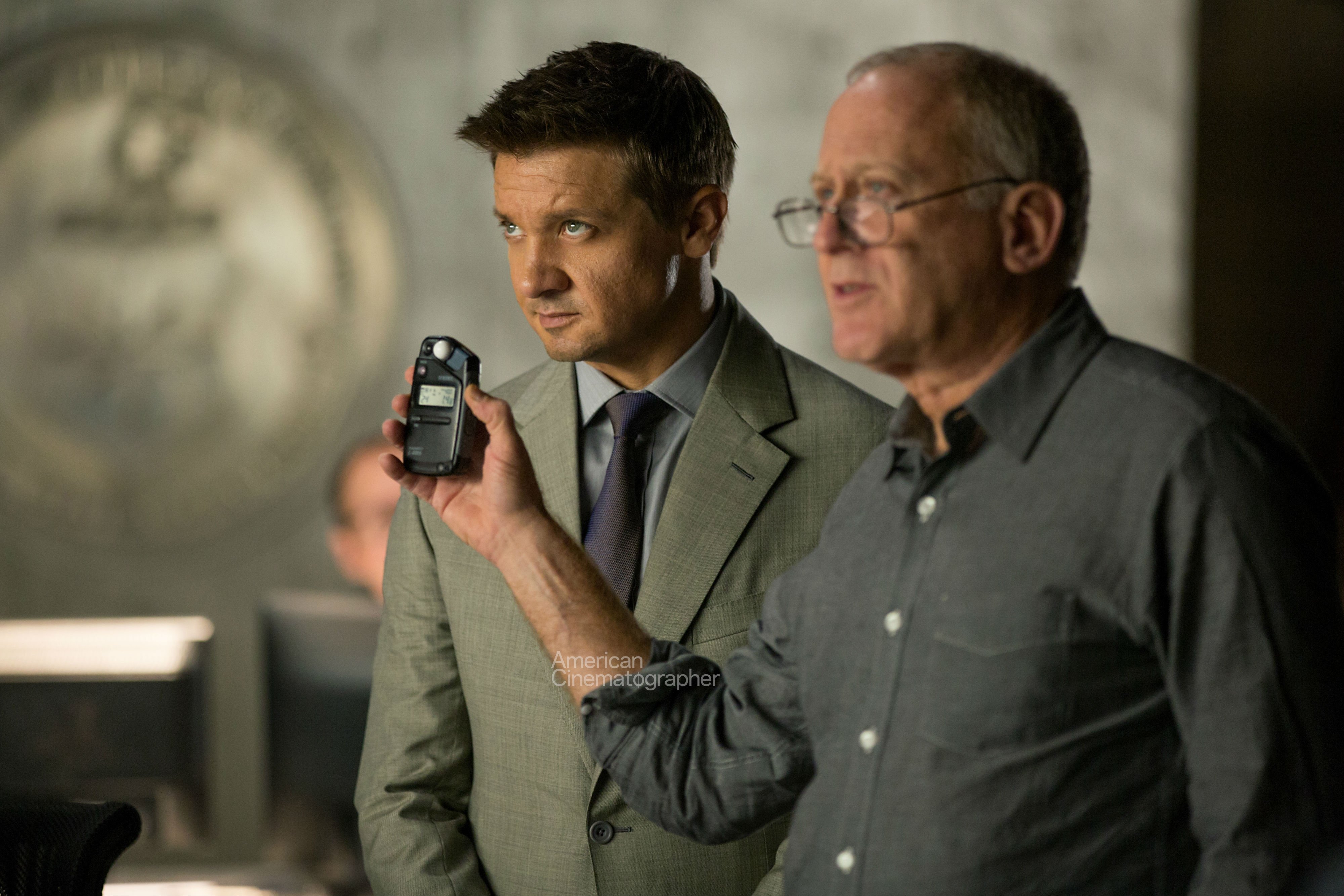
Erik Brown: The main-unit camera package consisted of three Panavision Millennium XL2 bodies — A, B and Steadicam — as well as an Arri 235 and 435 for some rig work and any high-speed shots. The bulk of the picture was shot on two Kodak [Vision3] stocks: [200T] 5213 and [500T] 5219. Robert prefers to shoot in daylight conditions without an 85 filter and correct in the transfer, and we used minimum filtration in general — usually just neutral-density filters during day exteriors.
Which lenses did you pair with those Millennium XL2s?
Brown: Robert chose to go with the older Panavision C Series anamorphics — with a few contemporary tweaks made to them — feeling they would be perfect for the classic movie look that he and Chris McQuarrie were aiming for. They are relatively small and lightweight, which is great when doing handheld or Steadicam, or when you need to make the camera as small as possible for tight spaces.
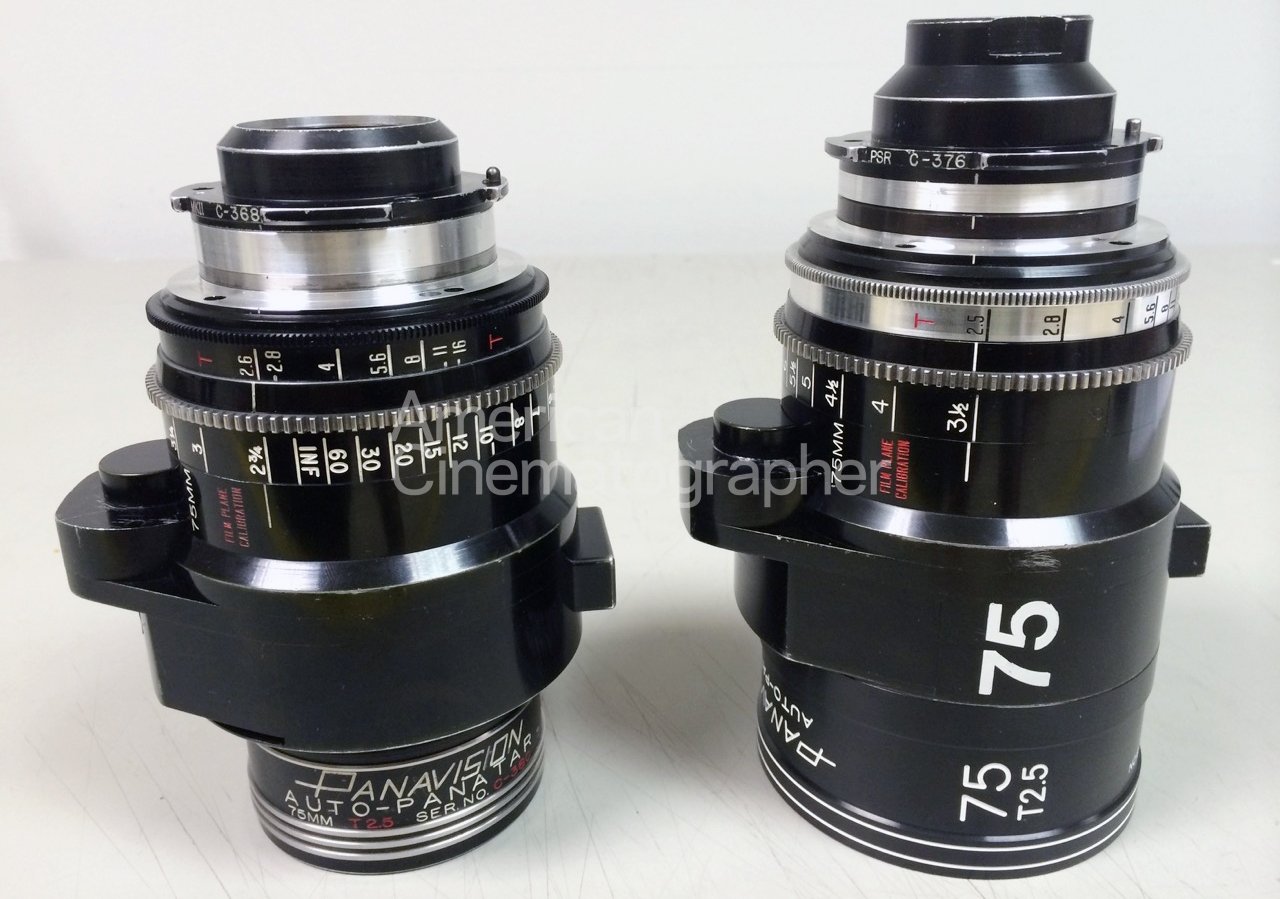
Our goal was to put together two sets of C Series anamorphic primes, one for A camera and one for B camera. We wanted them to be as matched as possible with an inherent look best described as neutral, not biased toward being warm or cool, so that cutting between the different cameras and shots would require [minimal help in post]. This was not an easy task with the C Series lenses, which were hand-assembled and are all uniquely individual, unlike contemporary lenses that all meet exacting manufacturing and optical standards. It was also difficult to put two sets together due to the high demand for Panavision’s anamorphic lenses. We owe a huge debt to [ASC associate] Lori Killam, our marketing rep, for sourcing and scheduling the lenses for us; to Dan Sasaki [ASC associate and Panavision’s vice president of optical engineering], for putting our lenses together; and to Charlie Todman and his outstanding crew at Panavision London, who did all our servicing and camera support throughout the production.
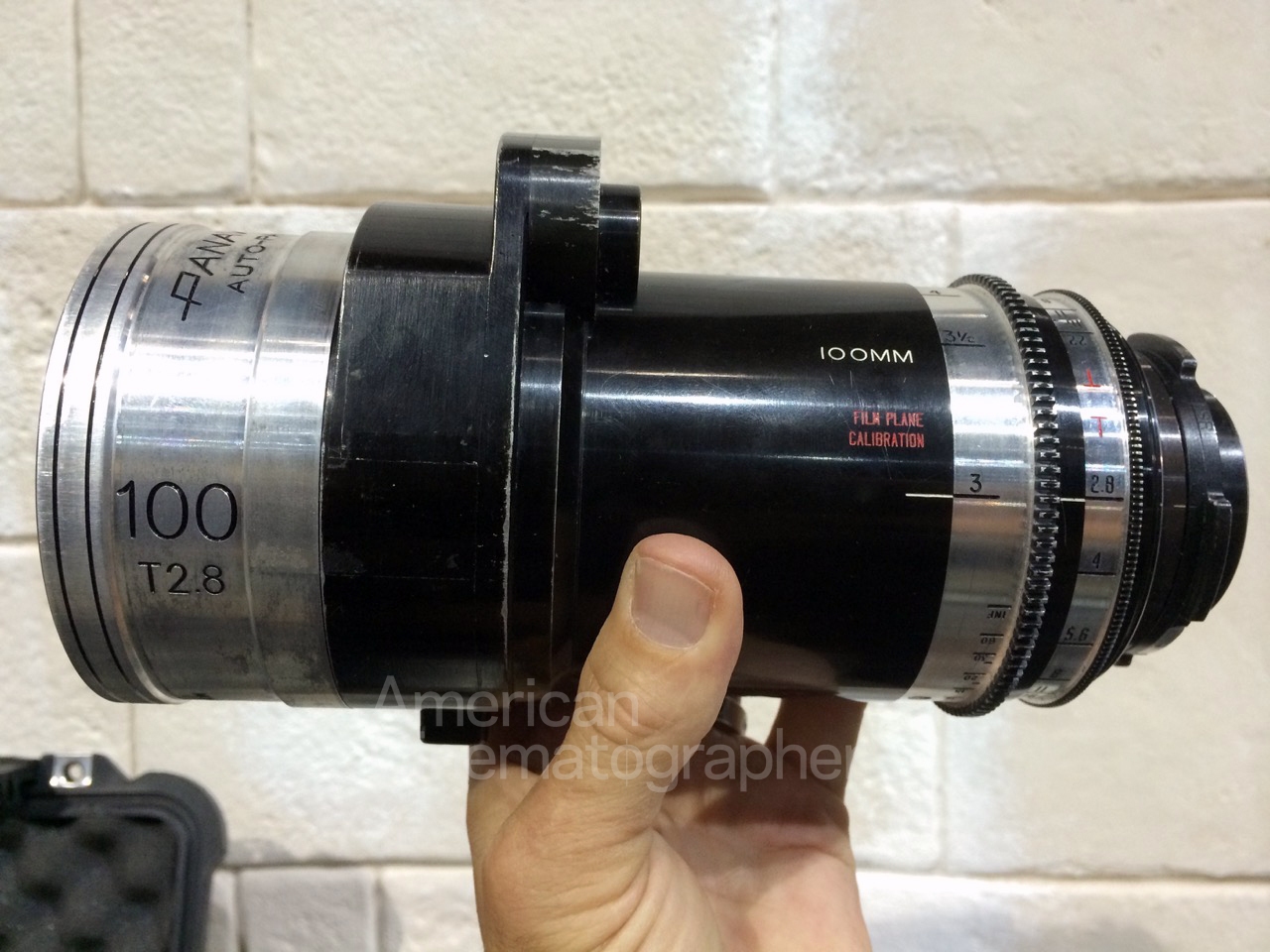
Dan modified several of the middle and longer focal lengths to focus 6 inches to a foot closer than their normal minimum focus. He also made sure that all the front elements of our C Series lenses had modern lens coatings, as we were often looking into the sky or bright backgrounds and we wanted to minimize the veiling, halation and flaring that would often happen in those situations with the original C Series coatings. Also, due to lens-availability issues, Dan ended up hand-building several of the lenses for us, and the end result was both technically and visually fantastic. Dan also provided other modifications for us [including the creation of a 25mm lens that had the optical qualities of the C Series but was smaller and had minimal barrel distortion, and the modification of a 60mm lens, which Elswit often used for inserts, to allow it to focus to 17 inches].
We also carried a full set of G Series anamorphics. [One reason for that] was in case we didn’t have enough glass if we added extra cameras or a splinter unit was assembled on short notice. The second reason was safety. If we had a shot where we were concerned that a lens might be damaged, we would do that shot with a G Series lens, since those are [more easily] replaceable — although I don’t think we damaged any lenses on main unit. We also carried several zooms [including AWZ2 40- 80mm (T2.8), ATZ 70-200mm (T3.5) and ALZ11 48-550mm (T4.5)], but used them sparingly.

How would you define the ‘classic movie look’ you wanted for the film’s visual aesthetic?
Elswit: We tried to do what anamorphic lenses classically forced you to do — a classic style of wide shots, medium close-ups and close-ups, like traditional filmmaking. But what really ends up driving it is that this is a movie-star movie. It presents Tom and the other actors in a more traditional way. It’s the opposite of a Bourne movie; we’re not looking at them with long lenses, fast cuts and whip pans. We wanted a kind of strong, heroic, romantic style, [as evidenced with] the Vienna Opera House sequence. There is a stylish gloss or sheen to it, kind of a throwback to the first Mission: Impossible film [directed by Brian De Palma and shot by Stephen H. Burum, ASC; AC June ’96].
It’s an idealized world, but the magic is to try and not call attention to that fact, to make it not feel self-consciously lit or stylized. It’s the approach Roger Deakins [ASC, BSC] was so good at in the last Bond movie [Skyfall; AC Dec. ’12]. It looks completely realistic and authentic, and you believe in the world you are looking at. That is what I mean by ‘classic,’ but it’s a modern approach to that idea.
You referred earlier to the complex underwater stunt sequence. As I understand it, in the story, Ethan Hunt has to steal a hard drive from a submerged chamber. Please describe the stunt, and tell us how you shot it.
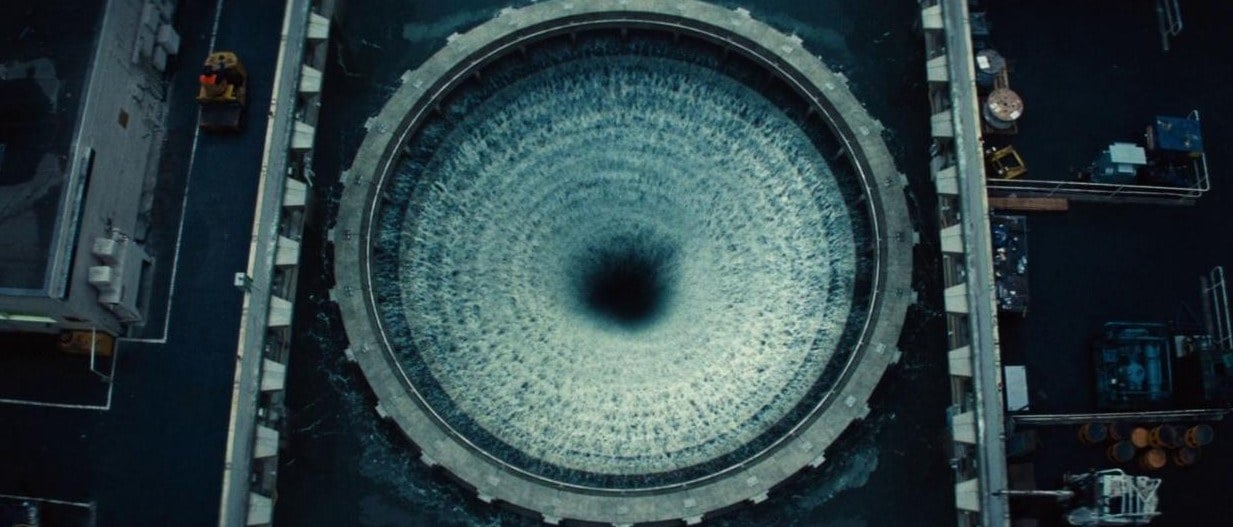

Elswit: The idea is that there is this secret chamber, sort of shaped like a giant donut — that is to say, about 100 feet in circumference, and 20 feet tall and round. Ethan has to dive into it, and he can’t have anything metal on him or he will be detected, so he has to hold his breath. We built the parts of the set that he touches, and the rest of it was actually all greenscreen [in a tank at London’s Warner Bros. Studios, Leavesden]. But, of course, Tom insisted on doing the stunt, and he actually holds his breath — although obviously not really for three minutes straight. We broke the shots up so that there were ellipses and ways to have him go in and out of things so that it appears he is actually doing it straight. It was a very complex scene to put together, specifically arranged around an animatic based on storyboards.
We chose to shoot with the new Arri Alexa 65 large-format system, since we knew there would be an Imax presentation, and with all the visual effects involved we needed a camera that could give us a really huge and beautiful digital file. [Underwater director of photography] Pete Romano [ASC] came to London for about a month and a half just to do proof of concept, to help us see if the shots in the animatic could be achieved.
Pete helped us figure out how to shoot the sequence, for the most part, with transferred motion — the same kind of thing they did with the rocket ships on Star Wars [AC July ’77]. In the sequence, Ethan swims the entire circumference of the underwater chamber, does flips and spins, almost gets knocked over, gets pulled in certain directions, and finally appears to inhale some water before Ilsa [Rebecca Ferguson] saves him. The only way we could make them appear to move through space and manipulate them with any real control while they were literally holding their breath underwater was to do it with transferred motion: We transferred movement from the camera to the stationary actors so that Tom appears to be flying through the space. Sometimes he actually is, but often he is only moving a few feet against the camera, which is actually creating the sense of motion against the greenscreen.
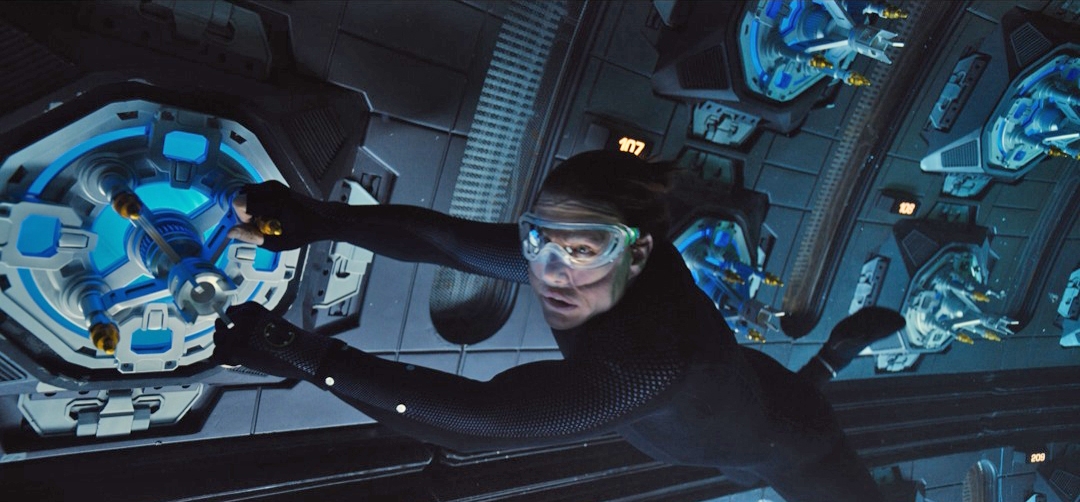
Chris Centrella: The camera movements had to be very precise to match the previs, and the camera platform needed to be stable enough so that the visual-effects department could build the CGI environment and I would be able to repeat the moves in a way that was organic enough to match Tom’s variables as much as possible. That meant no free-diving [with the camera]. In addition, several shots required the camera to move as much as 6 feet per second. Working with [special-effects supervisor] Dominic Tuohy, we developed a rail system that we bolted to the floor of the tank, allowing us to move the camera at those speeds underwater.
For the entire underwater shoot, I used a modified Grip Factory Munich GF-16 crane with a [remote] HydroHead, carrying the Hydro housing with the Alexa 65. Because of the depth Tom was working at [12 feet] and the set pieces designed for the tank, we rigged the GF-16 with a 15-foot camera drop-down. That allowed the crew on the surface [to achieve] precise, linear moves that were repeatable for the numerous rehearsals involved in fine-tuning each shot. Some shots required the four-man crew to move the camera 30 feet and incorporate a 10-foot boom at full speed, mere inches from Tom’s head, using only laser marks and monitors. [The Alexa 65 shot ArriRaw to internal Codex drives.]
Gaffer Lee Walters tells us you lit the tank primarily with underwater LEDs integrated into the set, all of which were cabled to ultra-low wattage LED drivers connected to a central GrandMa2 lighting console that enabled instantaneous control from above the surface.
Elswit: Again, in the story, it is supposedly a huge cylinder that has water moving through it at high speed. Nobody is supposed to go down there, so, creatively, why would there be lighting down there? We had to come up with some sort of ambient light that appeared to come from the electronics down there. Most of the time, Tom was in a harness manipulated by the big arm, and they were twisting and dragging him, so we lit him from particular directions to throw shadows all over his body. In figuring out how to do that, it just made sense to put everything down low [below Cruise], and we also ended up using [prototype underwater LED tubes, designed and supplied by Ricky Miller from Arri], which we sped along the axis of movement, along the circular travel of the camera and the arm that was moving Tom and Rebecca back and forth. [HydroFlos were used to light the greenscreen backings.]
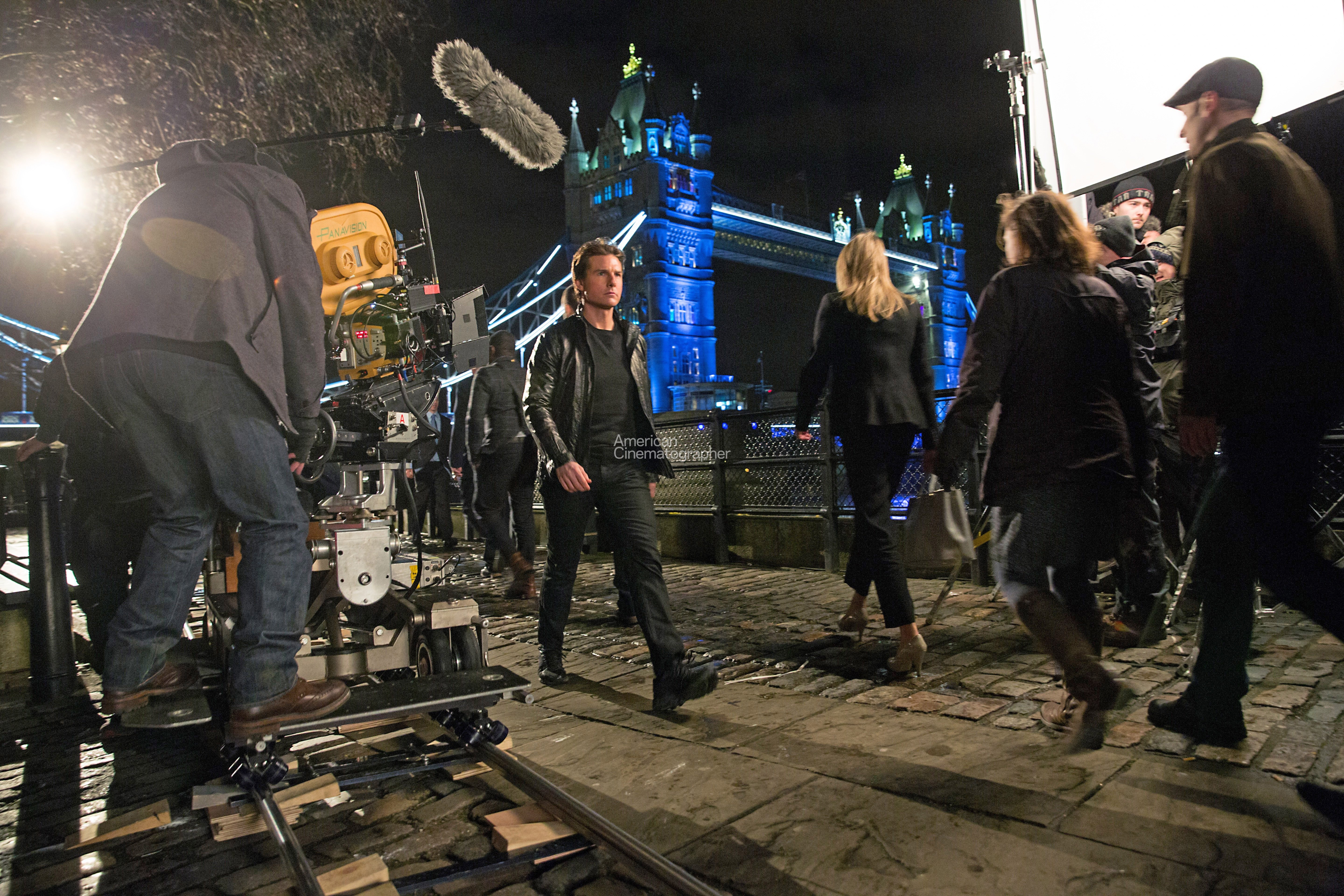
Beyond the underwater scene, Walters tells us you frequently built LEDs into sets and used 500-watt, 650-watt and 1K Tiffen Rifa 88s for a soft backlight effect. He also mentions that, for major nighttime stunt sequences, you relied heavily on two 24K tungsten Fresnels to bounce light into 20-by-12 bleached muslin, and for day scenes you would replace those lamps with Arrimax 18Ks. How would you describe the movie’s overall style of lighting and camera movement?
Elswit: We didn’t want it to feel overlit, but at the same time, everything is lit so that the actors look good, even in stressful situations. In that sense, although the lighting was scene-dependent and location-dependent, it was also Tom Cruise-dependent. Whenever his character walks into a room, we try to make the viewer understand the space he is in. Usually that means the space is not flatly lit — it has just a little bit of shadow and a little bit of contrast. You want to feel what his character is feeling. Everything revolves around imagining what is going on with his character.
Beyond that, there are different worlds — Casablanca, London, Vienna, D.C. — and for each location, there are extreme contrasts in the quality of light. It depended on the place, the architecture. We went with what was there automatically — in that sense we didn’t have to create anything. There aren’t really any sunny days in the movie until we get to Casablanca; that part of the movie feels contrasty and harsh, and we ended up blowing out highlights more and making it feel less controlled, like they really were in an exotic location. I didn’t want it to feel like we had an arc up, hitting people in the face, balancing the light. It’s a little bit rougher than that. We also didn’t want to feel like we were on a back lot, even when we were on a back lot for certain scenes.
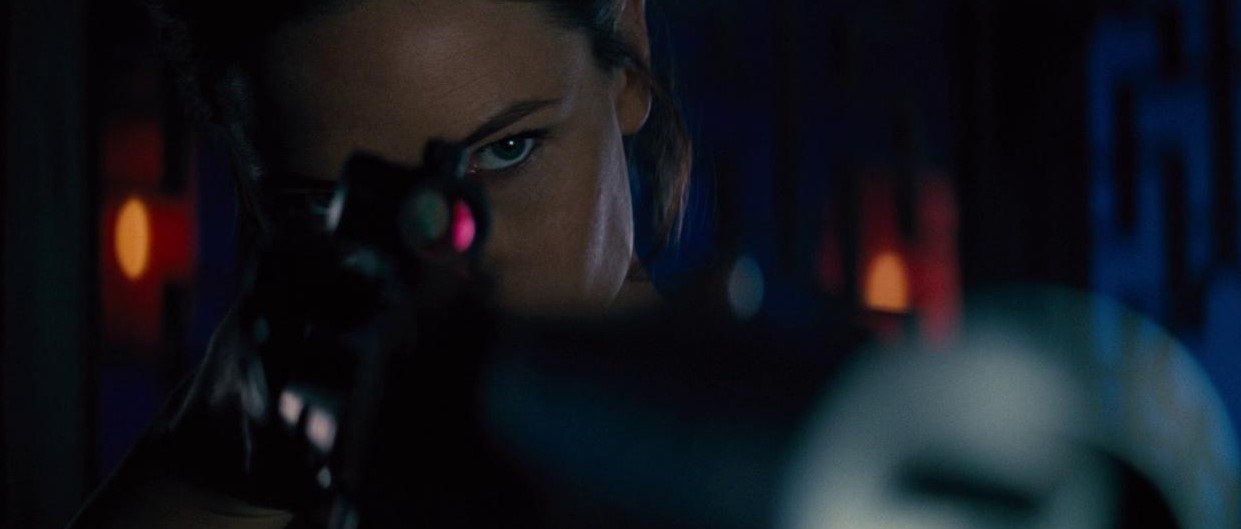
Vienna was more elegant and stylized, colder and darker, more romantic — that is the location where we finally meet [Ferguson’s character], and where we have another complicated action sequence backstage during a performance at the Vienna Opera House. That’s the most theatrical look in the movie, because we mainly use spill and direct lights from the opera on stage, which was fun to play with.
As far as camera movement, Christopher really wanted a lot of movement and energy — lots of Steadicam, lots of handheld. He wanted to emphasize camera movement, but have it grow out of whatever the staging and blocking was, to add another level of energy. There aren’t many moments where people are standing still.
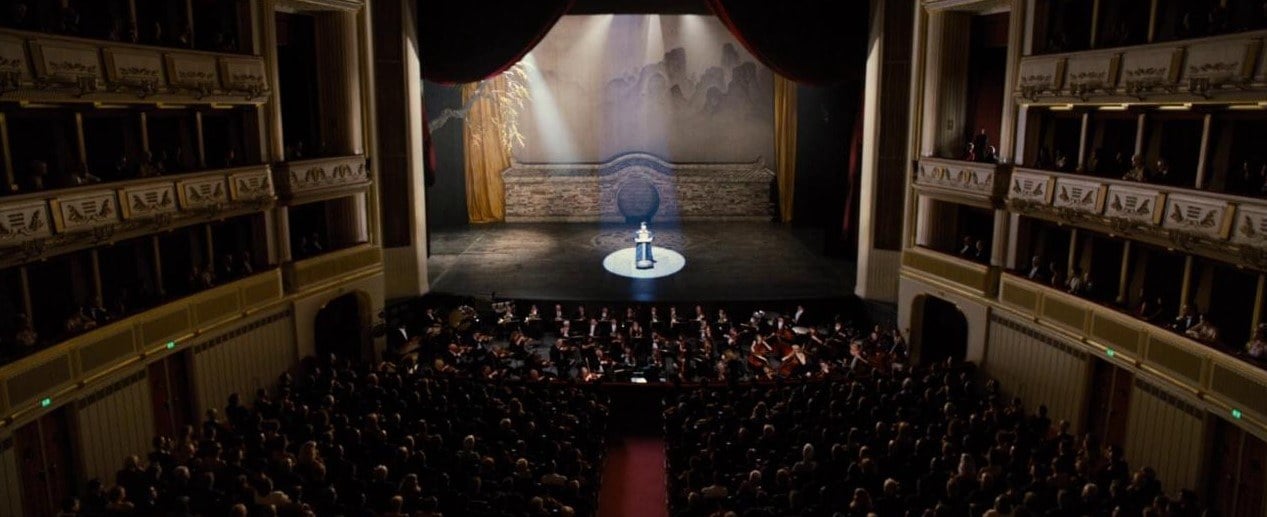
Lee Walters: For the Vienna Opera House, we used more than 40 24Ks fitted with high-sodium filters on top of every corner of every surrounding building rooftop; they were all wirelessly controlled by a pad on set. We had a lighting designer help in using LH2 [Studios] in London to re-create the interior lighting of the opera, with moving lights, Source Fours and floods.
Did all the complexities make it difficult to pull focus?
Brown: It was challenging on several fronts. Since it was a film show, there was no instant digital gratification of knowing a shot was in focus, so I was quite eager for lab and transfer reports every morning. You have to know your lenses, and know they are calibrated accurately, because you’re actually using the lens scales. And then, anamorphic lenses are more difficult with regard to focus than spherical, because of the inherently shallower depth of field. They look beautiful, but it comes at a cost to the focus puller. We were often just off wide open for much of the stage work and all of the night work.
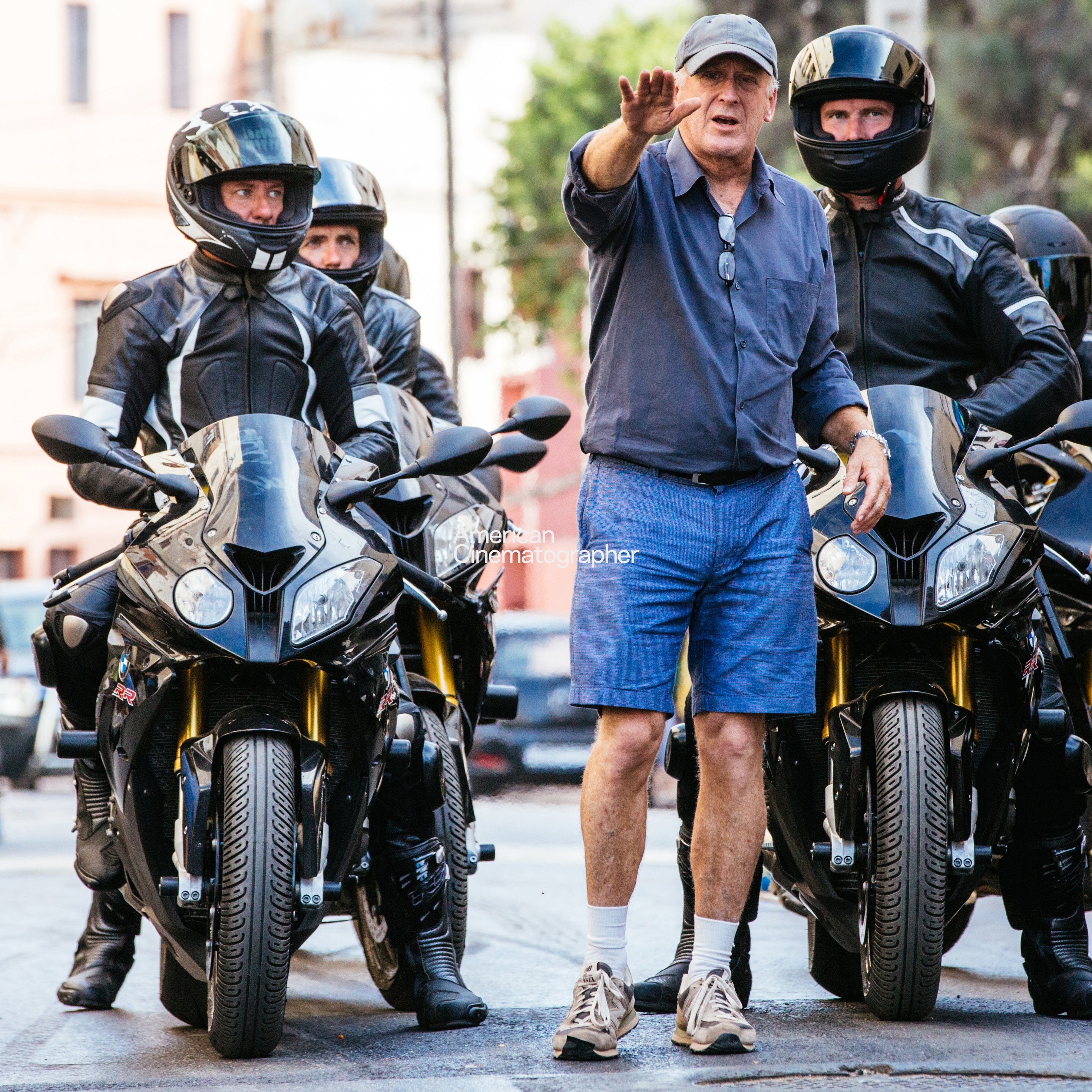
Many of the action scenes took place in locations that made it impossible to use a tape measure or get any reference marks — backstage at an opera, where most of the action takes place off the ground, on moving trestles and in towers; underwater; outside of flying airplanes; car and motorcycle chases, etc. And the camera was rarely static. Whether on a dolly, slider, car mount or crane, and whether an action scene or dialogue scene, the camera was usually in motion. As a result, I relied heavily on the Preston remote-focusing system, as it was often impossible to physically put my hand on a focus knob.
But perhaps the single biggest focus challenge was due to the fact that Tom Cruise doesn’t like to rehearse. More often than not, his first line when he got to set would be, ‘You guys ready? Let’s shoot!’
One of the film’s highlights is the sequence in which Ethan Hunt finds himself clinging to the outside of an Airbus A400M military plane as it takes off. Once again, Tom Cruise performed the stunt himself. How was that filmed?

Centrella: Tom was adamant that he do the stunt, and so he, Robert and the director agreed that the best way to achieve this was by filming the sequence in one shot. The sequence begins with his character sliding down the fuselage of the plane and clutching onto the parachute door as it takes off. We used the 50-foot Technocrane with a Libra head for stabilization to film Tom sliding down the actual plane, and then the next cut began the single shot. It goes without saying that working in this environment required extreme safety; we needed permission from Airbus to [meet their safety standards].
To facilitate camera placement, a rig was designed to extend through two port windows so we could place the camera along the fuselage. I used a Gyron Super G [gimbal] for stabilization, and the [Gyron team] was helpful in extending the speed-rating envelope for which the head was rated. Robert really wanted to use thousand-foot mags, and the head performed perfectly.
Elswit: The rig was really a giant piece of steel that essentially poked out the two windows in the side of the fuselage, and it supported the camera, which was in that great [Gyron Super G] aerodynamic housing — a giant pod that allowed us to pan and tilt. There was a truss and superstructure inside the airplane, and then Tom was wearing a vest with a number of cables that went through a window and the power door, and that is what locked him to the side of the plane so that there was no possibility of him falling off.
Just having Tom do such stunts himself creates a set of issues. You have to shoot it in such a way that the audience knows it’s him. So there was a really close [coordination] with second-unit director Gregg Smrz and stunt coordinator Wade Eastwood.
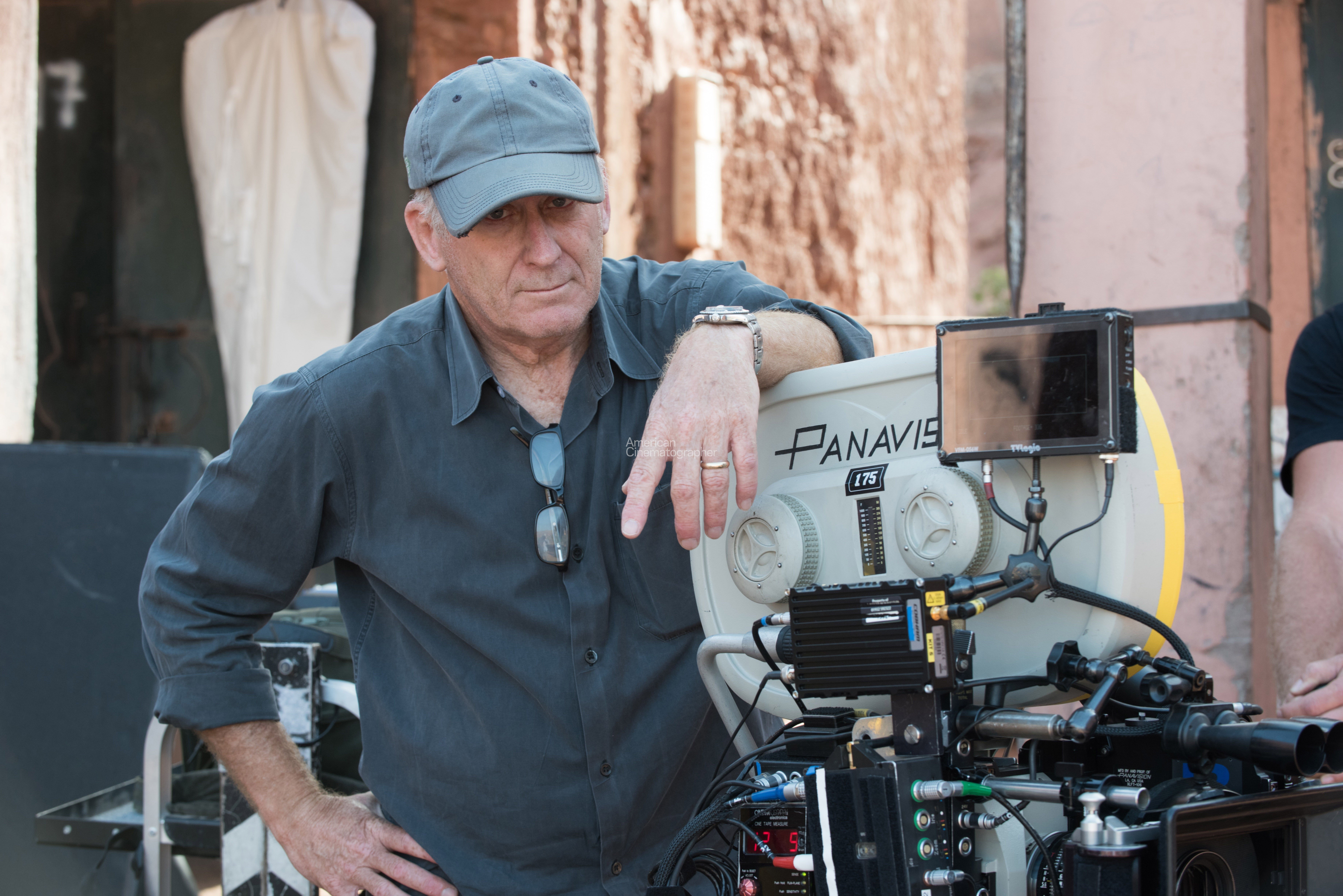
Editor’s Note:
James Slattery at Company 3 London worked in Blackmagic Design’s DaVinci Resolve 11 to color all of Rogue Nation’s dailies, for which Company 3 scanned the negative in 2K on a Spirit 4K, then down-rezzed the files to HD as DNx115 Avid media that was sent to editorial via Aspera. Later, for visual-effects vendors and the final grade — the latter of which, at press time, was about to begin at Company 3 London with Resolve 11 — the facility scanned the negative to 2K 10-bit DPX files with an Arriscan.
TECHNICAL SPECS
2.39:1
35mm Anamorphic and Digital Capture
Panaflex Millennium XL2; Arri 235, 435, Alexa 65
Panavision C Series, G Series, Anamorphic Zoom
Kodak Vision3 200T 5213, 500T 5219
Digital Intermediate
THE AIRBUS
The crew captures an action sequence with Cruise on an Airbus A400M military plane.

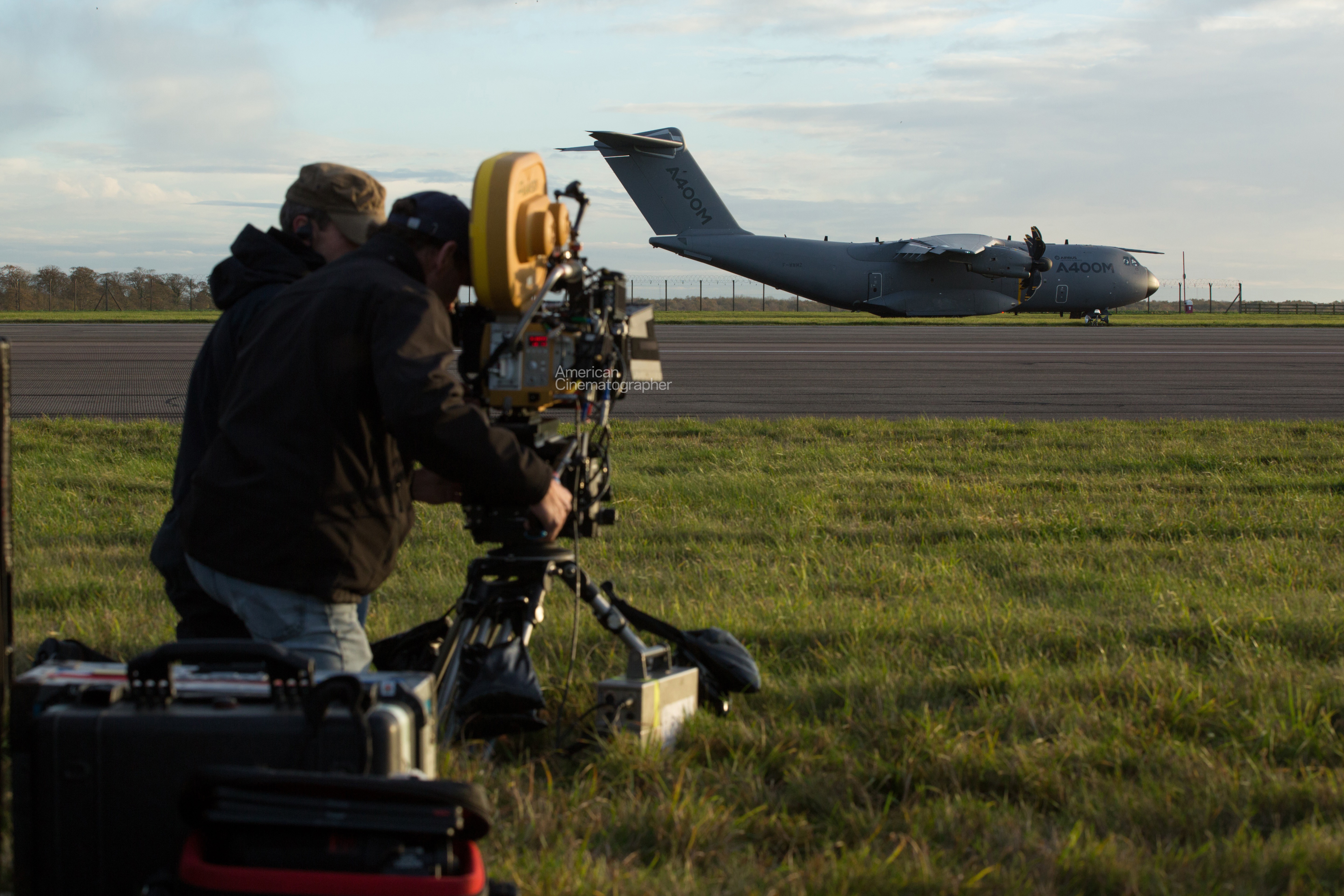
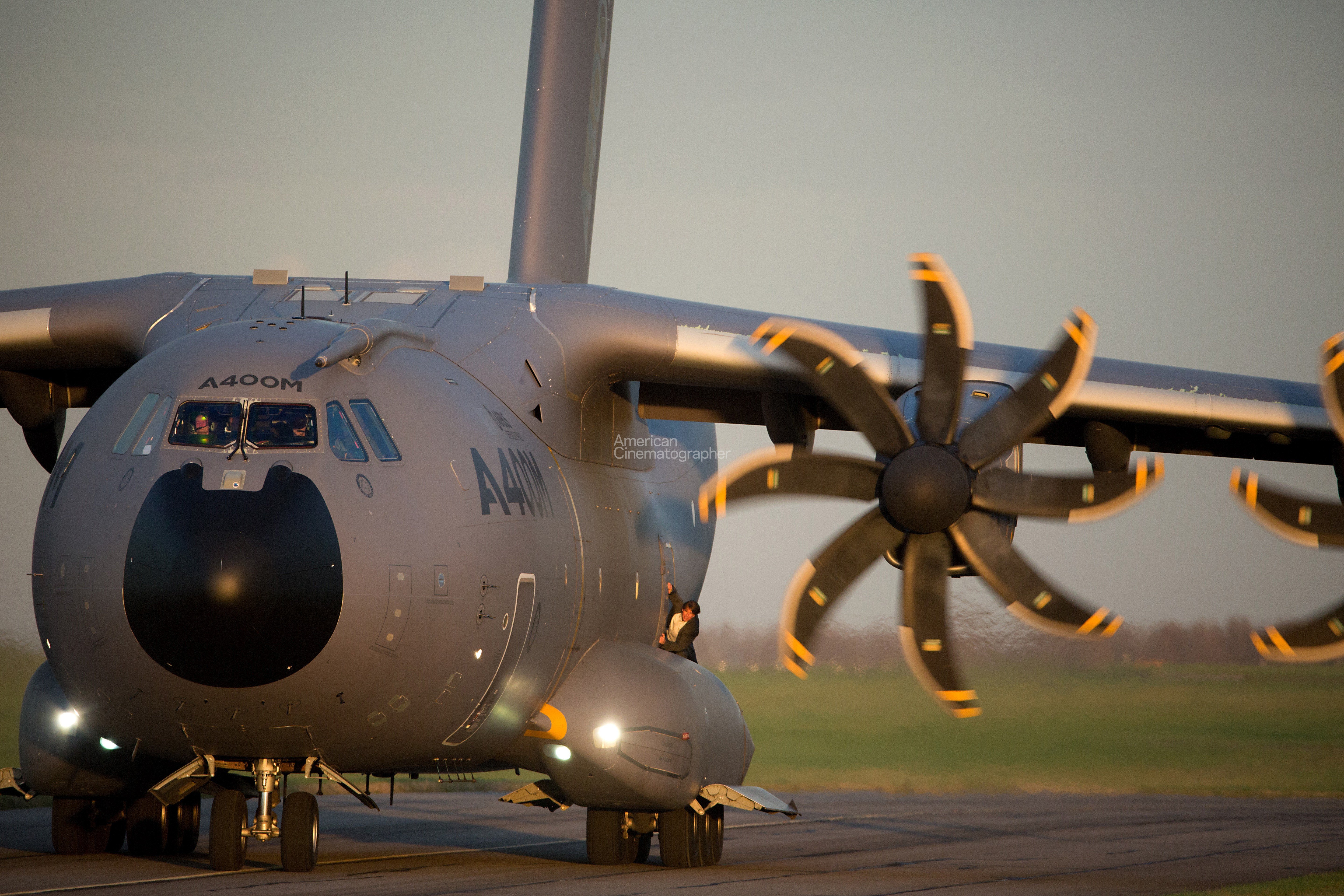

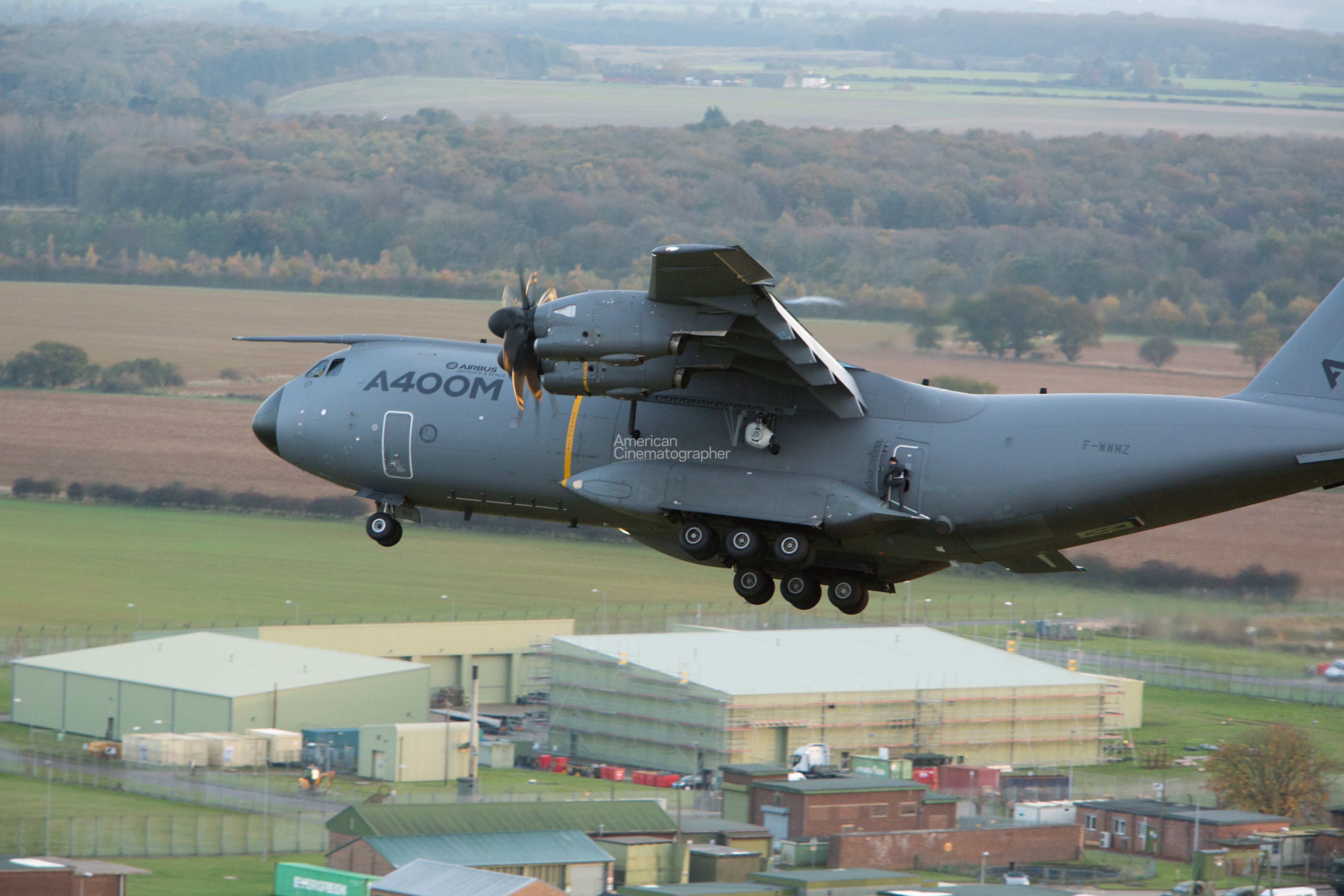
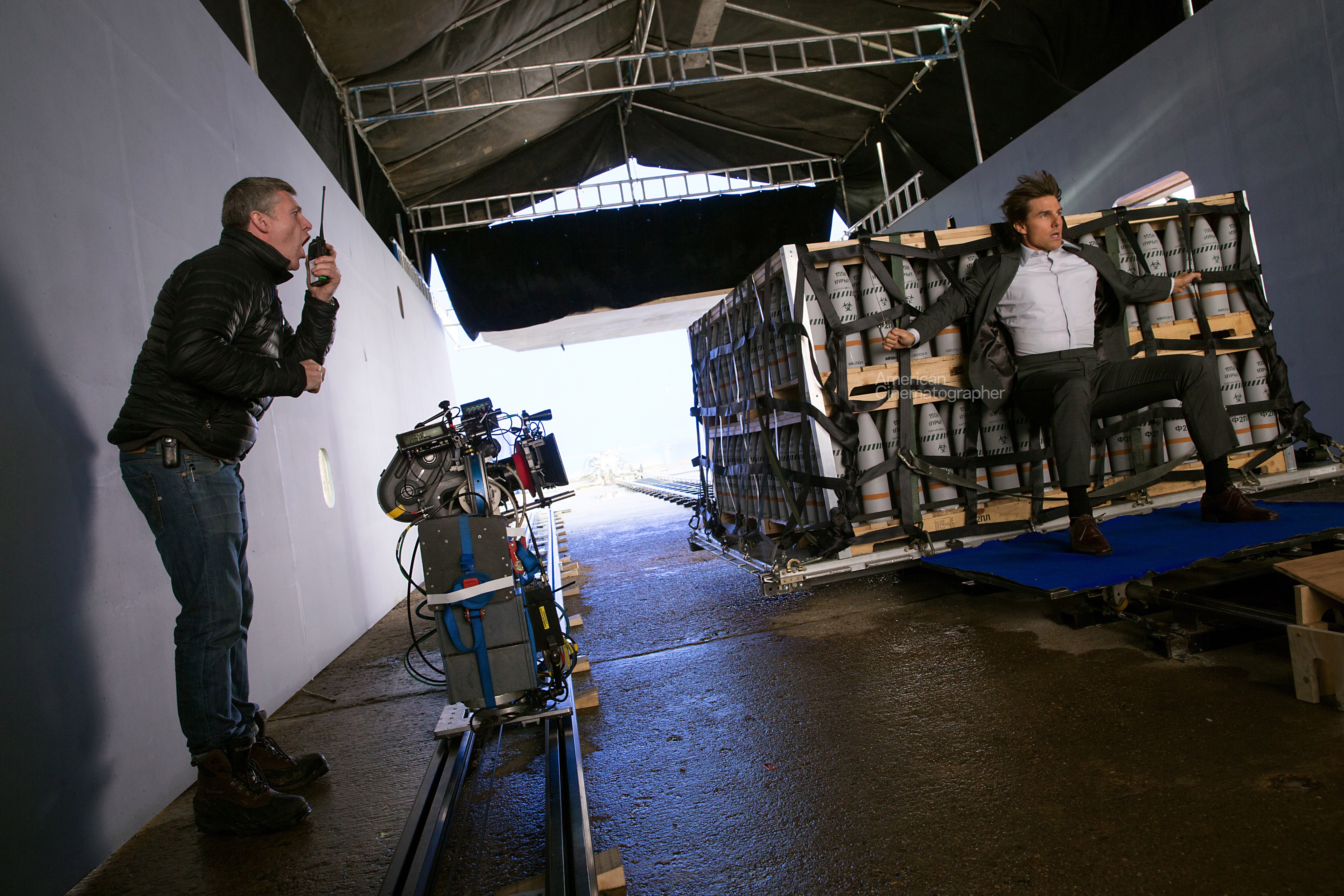

THE CHASE SCENE
The production employed a number of rigs to capture the vehicular action.

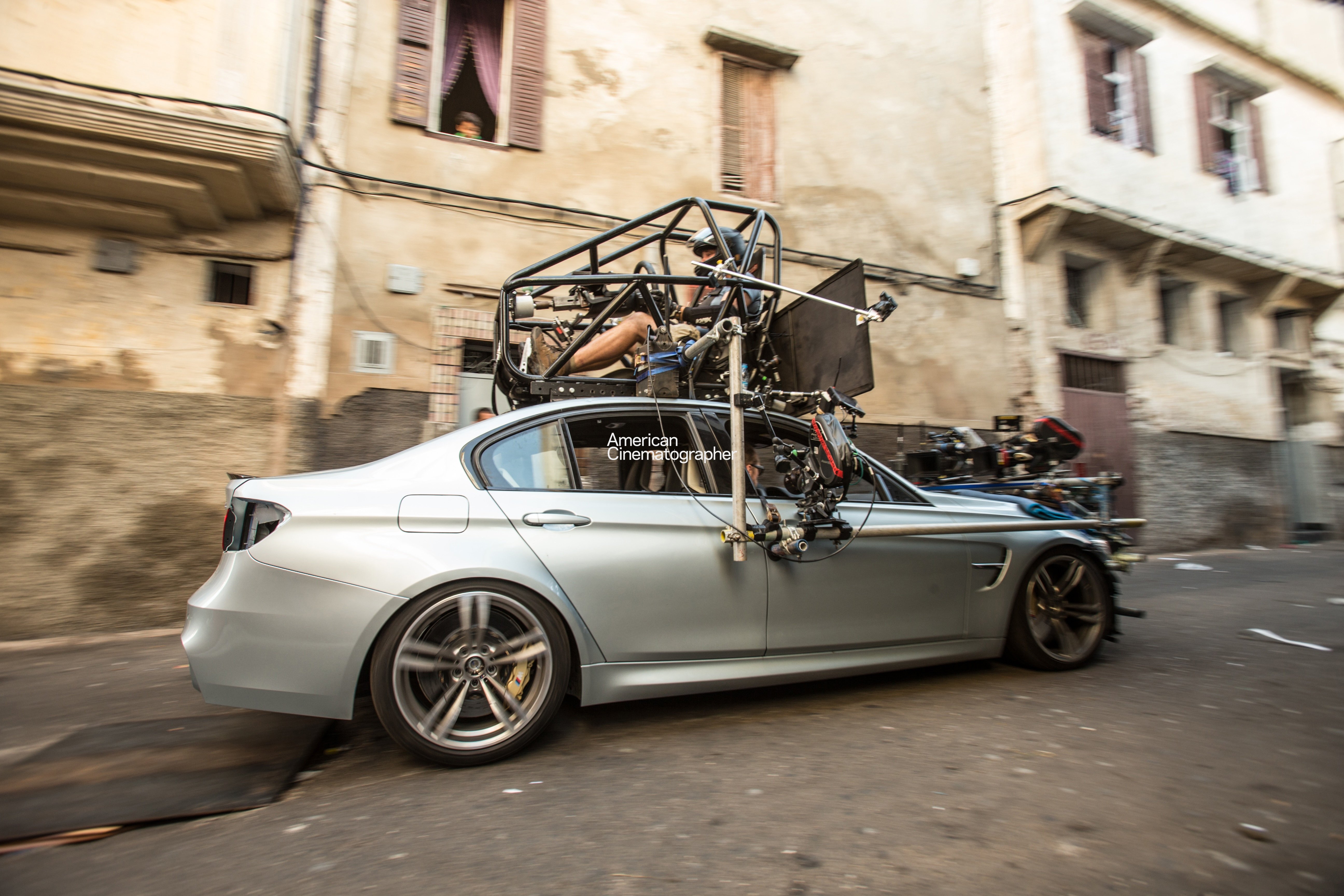

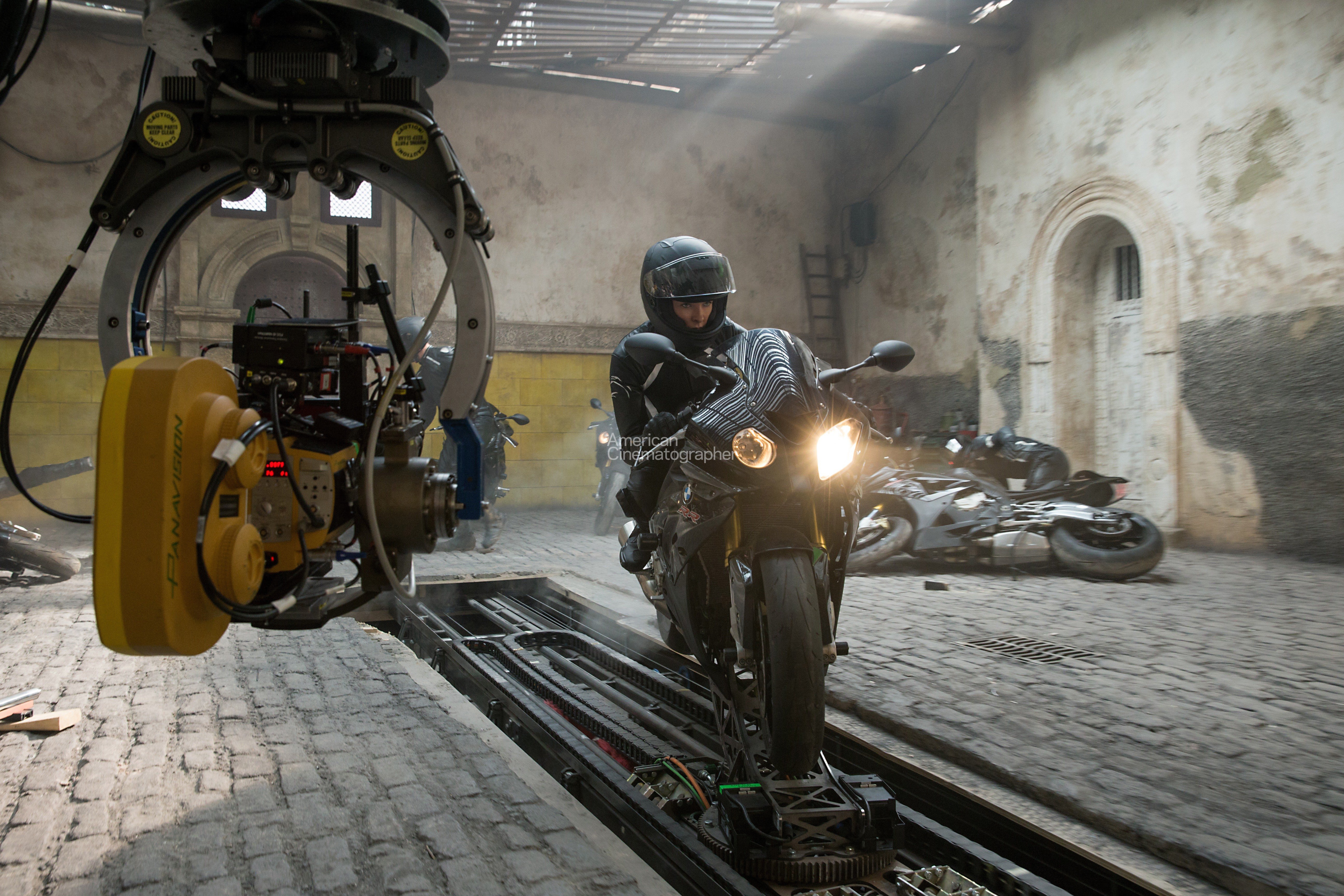

THE REST OF IT
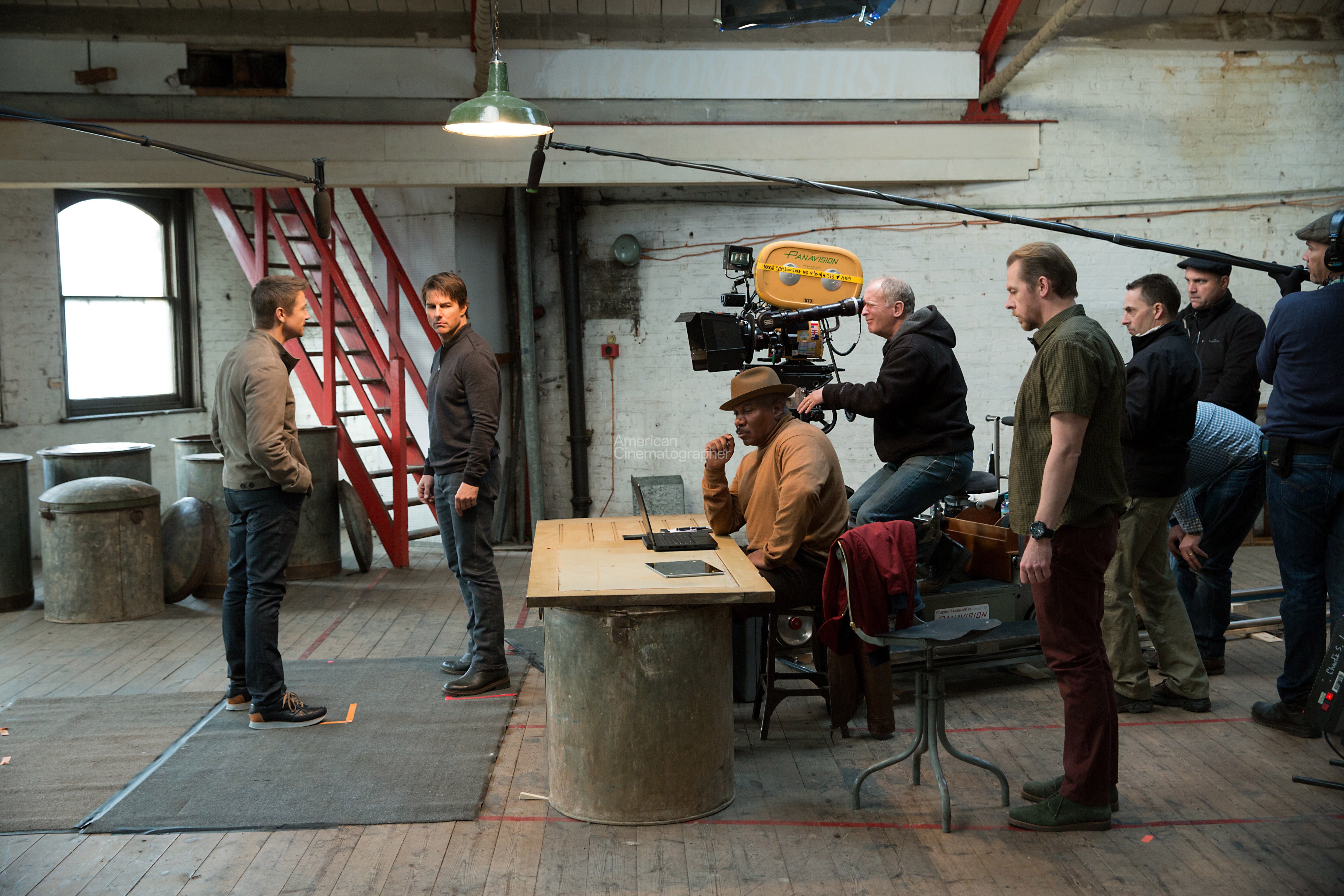
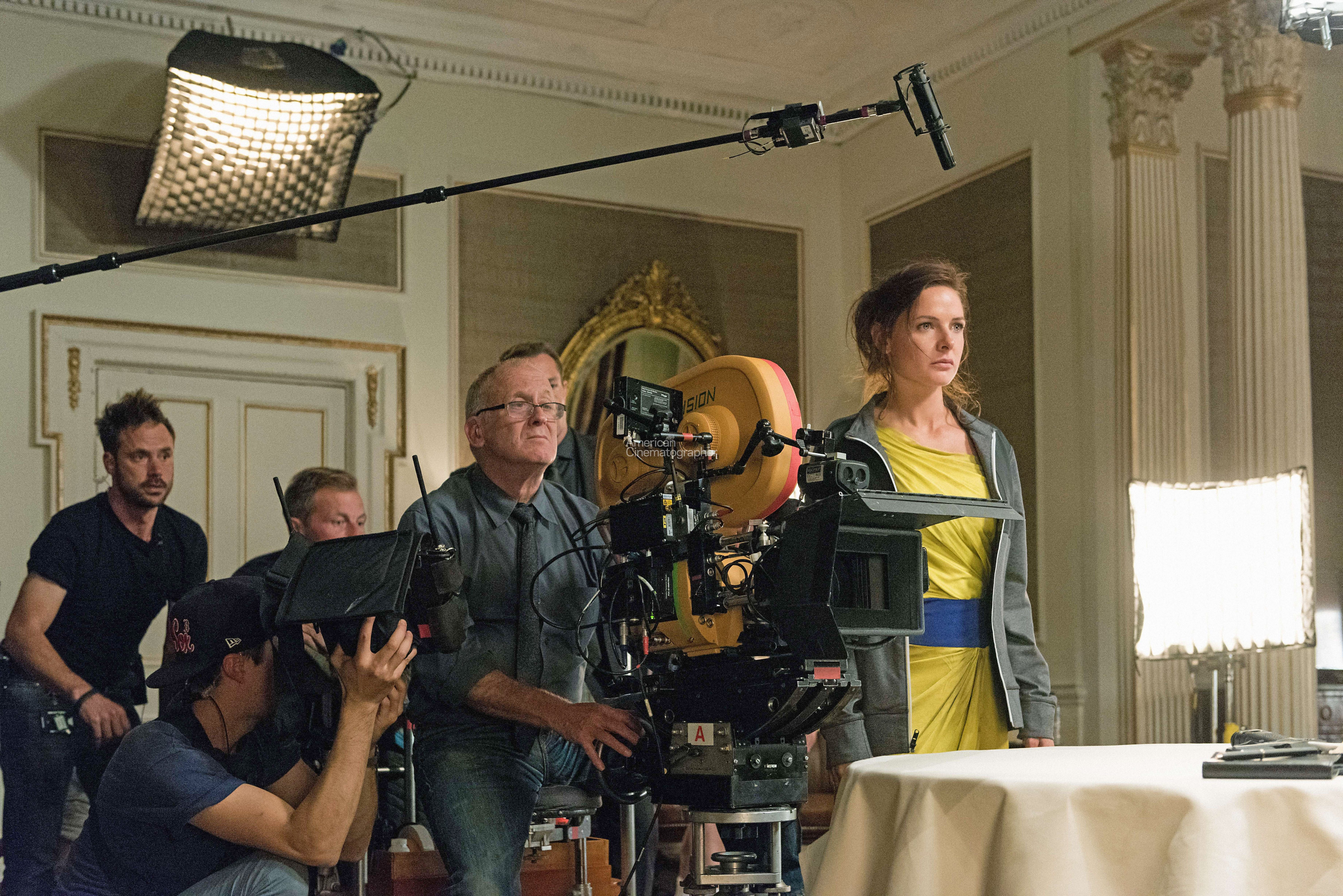



You'll learn much more about Elswit's career and body of work in this profile.






